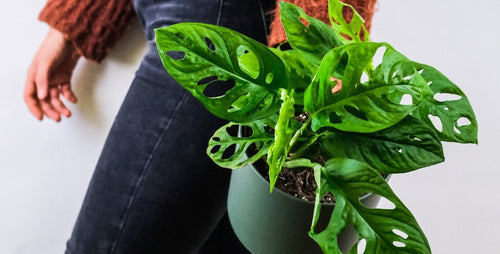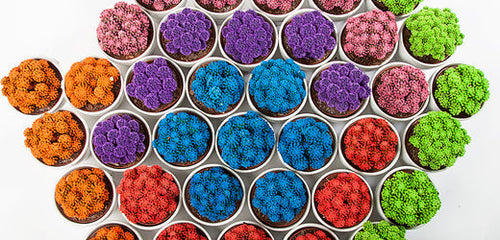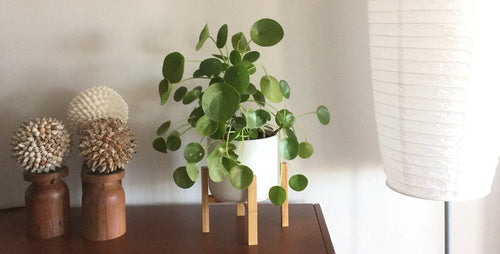Kokedama is super trendy these days. It's no wonder why -- by ditching the pot and instead, growing your favorite houseplants in moss-covered ball, you give them a distinctive, modern look.
While it's a very now thing, kokedama is actually an offshoot of Japanese bonsai -- a way of sculpting a plant into a piece of living art. Wondering about the name? It loosely translates to "moss ball."
Happily, kokedama is fairy easy to make. In fact, it's a fun afternoon DIY project. Get how-to instructions from our how-to make a kokedama video!
And, we also have tips on how to care for your kokedama.
Best Plants for Kokedama
Most smaller plants such as anthurium, many ferns, ivy, nerve plant, pilea, and purple waffle plant are naturals to grow in a kokedama moss ball. Just about any houseplant can be grown in a moss ball.
That said, the above are better choices than others. For example, I suggest avoiding cacti and succulents because the loose, sandy soil they like is hard to form into a ball. And the traditional potting mix used in kokedama stays moist long enough that your cacti and succulents can rot. You might also want to avoid houseplants that grow really fast and get really big (like monstera or philodendron).
Displaying Kokedama
There's two ways to show off your kokedama: on tabletops or hanging. Enjoy your kokedama on a desk or tabletop by simply setting it on a decorative plate or dish that matches your decor. The right base can be just as much of a part of the overall look as your plant.
For a more dramatic look, hang your moss ball using twine or string so it's suspended from the air. This can be particularly effective when you grow several houseplants in moss balls together.
Written by Justin Hancock

















